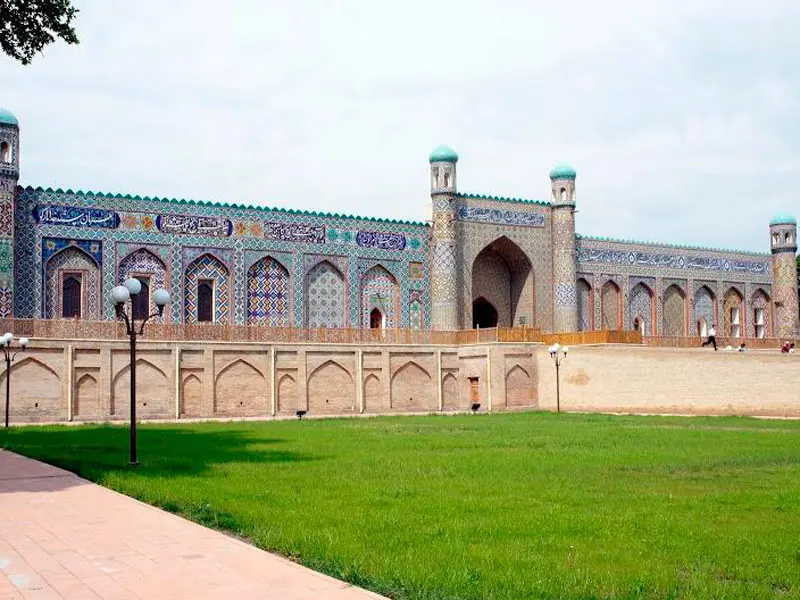 Kokand is a small city with a lot of history situated 228km to the southeast of Taskent, the capital city of Uzbekistan. Kokand is located in the western part of the Fergana valley, in the Fergana region. Being an important trade centre on the Silk Road Kokand is one of the ancient cities of Uzbekistan. The population of the city is more than 220 thousand people.
Kokand is a small city with a lot of history situated 228km to the southeast of Taskent, the capital city of Uzbekistan. Kokand is located in the western part of the Fergana valley, in the Fergana region. Being an important trade centre on the Silk Road Kokand is one of the ancient cities of Uzbekistan. The population of the city is more than 220 thousand people.
Kokand has been known with different names since the 10th century. Originally the city was named ''Khuk-kand'' meaning ''boar city'', because of the boars who were in the city's marshes. But over the time appeared many other variations of the name origin. It was formerly known as Kovakand and Kavakend, but in 1740 it became the capital of the Khanate of Kokand (a state ruled by khans) and got its present name. The Kokand Khanate was a powerful state and religious centre along with being a prosperous trading centre. It had around 25 madrassahs and hundreds of mosques, the number of which reached 300 at one time.
There were 29 Khans in the history of the Kokand Khanate. The most famous ruler, however, was its last khan- Khudoyar. He ruled Kokand from 1845 to 1876 until it became part of Russia. Many of the mosques and madrasas were built during the Khudoyar Khan's reign. Historical must-see places in Kokand include:
The Palace of Khudoyir Khan: The building is in the centre of the city. It was built in 1860-1872 in a magnificent style with seven courtyards and 113 rooms. Only 2 courtyards and 13 rooms have survived. Nowadays it is a museum of regional studies, where exhibits tell about the past and present of Kokand.
Narbuta Bey Madrassah: an outstanding religious building, which once was the largest educational centre in Kokand. It was initiated by Narbuta Bey, the son of Omarkhan- the famous khan of Kokand. There are khudjras (cells for studying in madrasa), a mosque and a classroom. There are more than 80 students being educated at madrasa nowadays.
The Jami Mosque: built around 1800 by the order of Omarkhan to become one of the significant religious centres. In the courtyard, there is a big van and kanaka, which is notable for its high-painted ceiling. In the yard, there are also khujdras, classrooms because the mosque also included madrasa. In the centre of the courtyard stands a minaret of 22.5 meters of hight, from which the muezzin called the believers to come to pray. According to the legend, criminals and unloyal wives were thrown down from the minaret.
Other places of interest and historical sights: Damoi Shakhon, Emir Madrasa, Kamol-Kazi Madrasa, Mausoleum Madari Khan, Khamza House-Museum, Mukimi Museum, etc.













